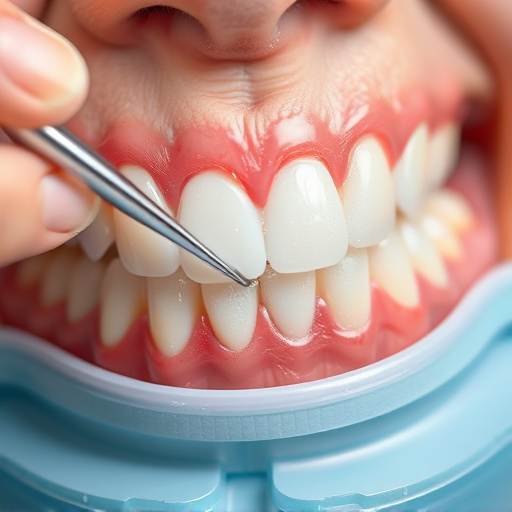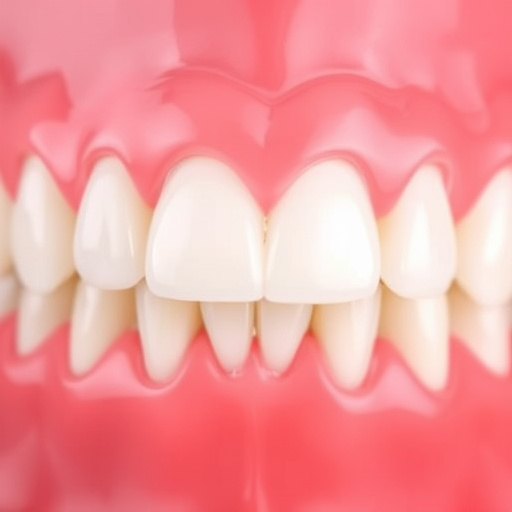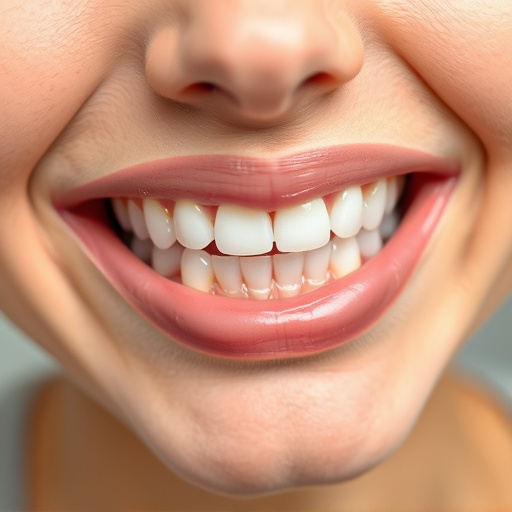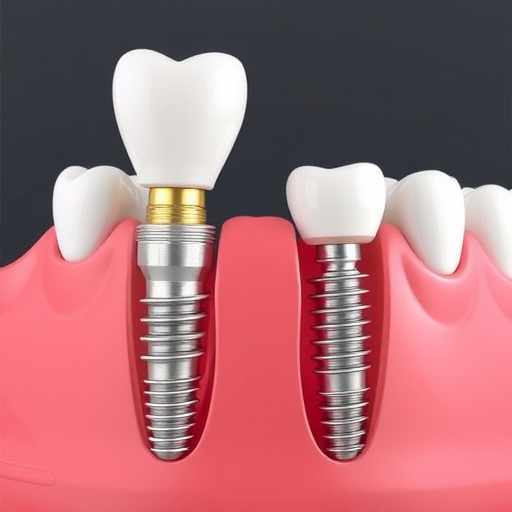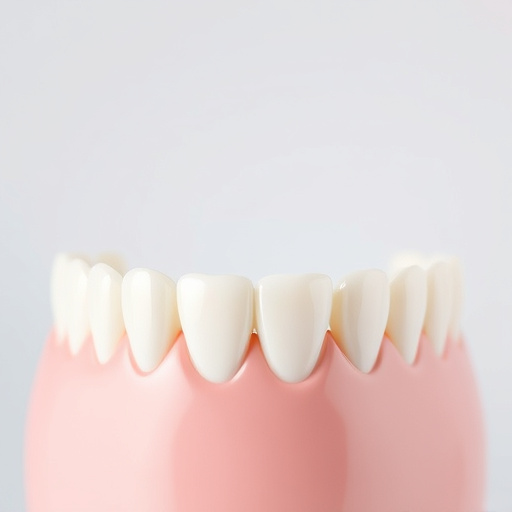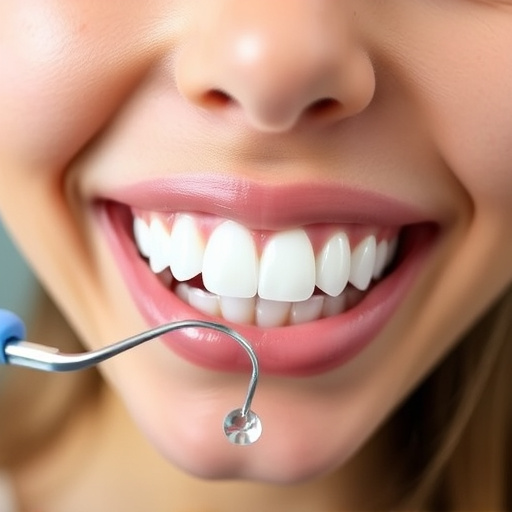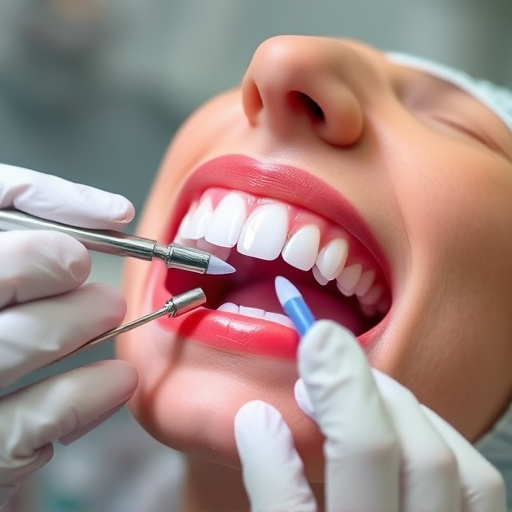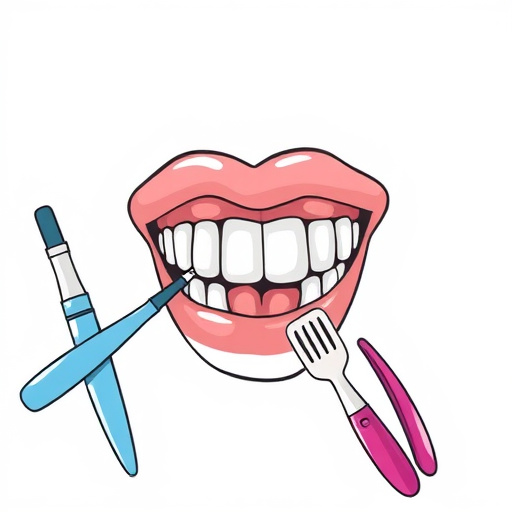Occlusal adjustment techniques align teeth and jaw joints, addressing issues like tooth grinding, TMJ disorder, and misaligned bites. Methods include bite splints, dental crowns, and reshaped teeth to reduce stress on the TMJ, muscles, and related structures. This management approach combines functional relief with cosmetic improvements for a pain-free, aesthetically pleasing smile, contributing to overall well-being.
Occlusal adjustment, a precise dental technique, offers profound relief for individuals plagued by focused jaw pain. This comprehensive guide explores the intricate world of occlusal therapy, providing insights into its role in managing specific facial discomforts. We delve into targeted jaw pain management techniques, highlighting their benefits and unique contributions to overall well-being. Additionally, we discuss integrating adjustments for optimal facial symmetry, emphasizing the holistic approach to achieving lasting relief.
- Understanding Occlusal Adjustment: A Comprehensive Guide
- Targeted Jaw Pain Management: Techniques and Benefits
- Integrating Adjustments for Optimal Facial Symmetry
Understanding Occlusal Adjustment: A Comprehensive Guide
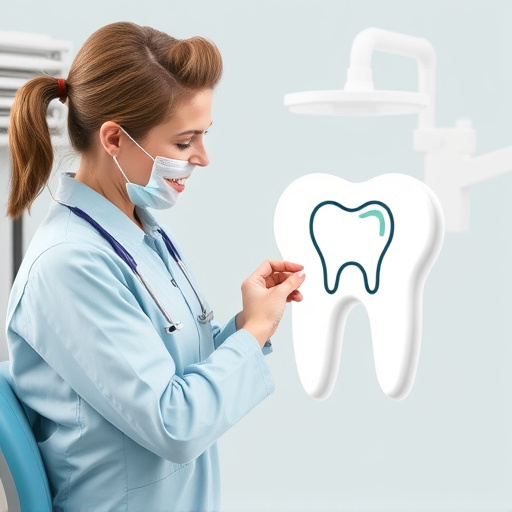
Occlusal adjustment refers to a set of techniques aimed at aligning and balancing the teeth and jaw joints for optimal function and comfort. It involves carefully modifying the occlusion—the way your top and bottom teeth fit together when closed—to address issues like tooth grinding, TMJ disorder, or misaligned bite patterns. This process is crucial in managing focused jaw pain, which can stem from various causes related to the complex interplay between teeth, gums, and the temporomandibular joint (TMJ).
By adjusting the occlusion, dental professionals can alleviate pressure points and reduce stress on the TMJ, muscles, and associated structures. This can be achieved through a range of methods, including bite splints, dental crowns, or precise teeth cleaning techniques to reshape teeth. In some cases, cosmetic dentistry procedures may also be employed to enhance both function and aesthetics, ensuring that your smile is not only pain-free but also visually appealing.
Targeted Jaw Pain Management: Techniques and Benefits

Targeted jaw pain management is a crucial aspect of occlusal adjustment, focusing on alleviating discomfort and improving oral health. Techniques such as dental crowns, clear aligners, and precise occlusal adjustments play a pivotal role in this process. By meticulously tailoring these methods to individual needs, general dentistry professionals can significantly reduce symptoms associated with TMJ disorders and other jaw-related issues.
The benefits of such targeted interventions are multifaceted. They not only provide immediate relief from pain but also help restore balance in the bite, enhancing overall oral function. Moreover, these approaches can prevent further deterioration of jaw joints and surrounding structures, ensuring long-term stability and comfort for patients.
Integrating Adjustments for Optimal Facial Symmetry
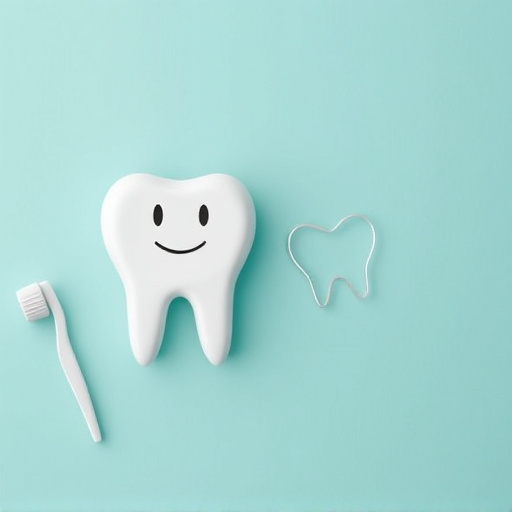
Achieving optimal facial symmetry is a key aspect of successful occlusal adjustment, especially when addressing focused jaw pain. Beyond simply aligning teeth, this involves correcting misalignments in the jaw joint and bite that can lead to chronic discomfort and tension. Integrating adjustments aimed at facial esthetics enhances overall balance and harmony, making it an essential component of comprehensive dental care.
General dentistry practitioners play a vital role in identifying these misalignments and implementing preventive dentistry strategies. Techniques such as bite splints and orthotic devices not only alleviate immediate pain but also serve as foundational steps towards long-term stability. For severe cases or when dental implants are considered, precise occlusal adjustments become even more critical to ensure proper fit and function, ultimately contributing to a patient’s overall well-being and satisfaction with their dental appearance.
Occlusal adjustment, when combined with focused jaw pain management techniques, offers a comprehensive approach to alleviating facial discomfort and achieving optimal symmetry. By understanding the intricate relationship between dental alignment and jaw health, professionals can provide tailored solutions that address specific pain points. Integrating these adjustments ensures not only aesthetic improvements but also enhances overall oral well-being, offering patients long-lasting relief and a more balanced, harmonious face.


